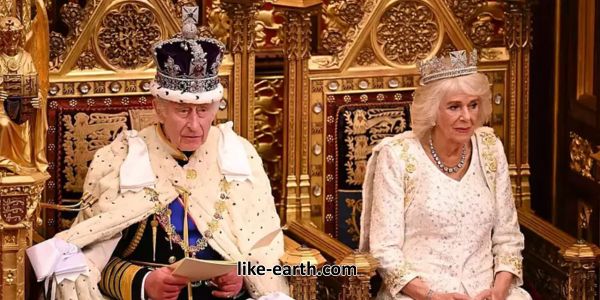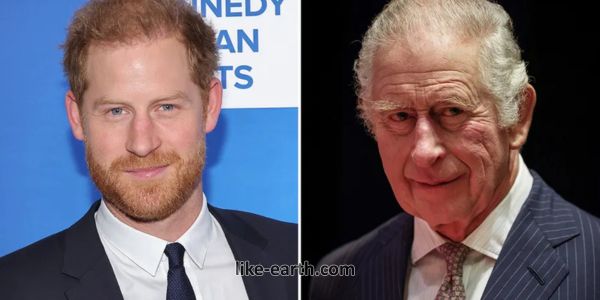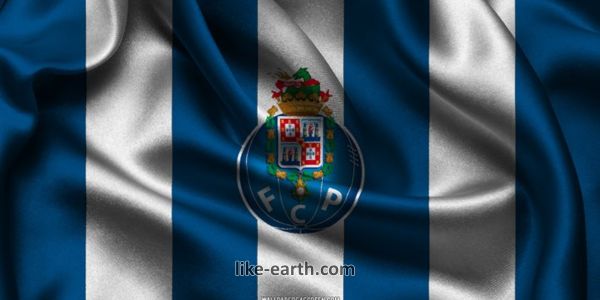The Official Birthday of the Monarch

The official birthday of the monarch is a fascinating royal tradition that has intrigued citizens and historians alike. While monarchs, like everyone else, have real birth dates, their official birthdays are separate, celebrated with national fanfare, military parades, and grand ceremonies. This article explores the significance, origins, and modern-day practices of celebrating the monarch’s official birthday around the world.
Why Have an Official Birthday?
One might ask why monarchs need two birthdays. The idea of celebrating an official birthday began for practical reasons. King George II initiated the practice in 1748 because his actual birthday fell in November, when weather conditions were often poor for outdoor events. To guarantee suitable weather for public celebrations, his birthday parade was moved to the summer. This practical decision evolved into a lasting tradition.
The Significance of the Celebration
Royal birthdays are about more than honoring an individual. They are national events designed to celebrate the monarchy as an institution. The public pageantry reinforces royal unity and cultural pride. It also creates a predictable occasion for awarding honors and recognizing public service.
Trooping the Colour and the UK Monarchy
Perhaps the most iconic celebration tied to the official birthday of a monarch is Trooping the Colour in the United Kingdom. Held annually in June, this elaborate military parade features more than 1,400 soldiers, 200 horses, and 400 musicians. The monarch inspects the troops, often traveling by horse-drawn carriage or horseback.
The spectacle of precision marching, brilliant uniforms, and patriotic music is broadcast globally. Members of the Royal Family appear on the Buckingham Palace balcony, drawing tens of thousands of spectators.
Commonwealth Countries and Celebrations
Many Commonwealth nations celebrate the sovereign’s birthday as a public holiday. Australia, for example, observes the Queen’s Birthday in June, despite the monarch’s actual birth date. The date varies by state but always includes military honors and civic celebrations.
In Canada, the Queen’s Birthday is marked in May, celebrated as Victoria Day. This public holiday includes fireworks and parades. New Zealand also recognizes the monarch’s birthday with formal ceremonies and awards.
Modernizing Royal Traditions
As monarchies adapt to modern times, some traditions evolve. Yet the monarch’s official birthday continues to be relevant. It offers a chance to reaffirm national unity and highlight charitable causes. For younger generations, it’s a moment of cultural education.
Royal Family Participation
The monarch is not the only one honored. The entire royal family often plays a role. Their presence emphasizes continuity, public duty, and familial strength. Children, heirs, and consorts are often seen engaging with the public during celebrations.
The Future of the Official Birthday
With the transition from Queen Elizabeth II to King Charles III, many have wondered how these traditions will evolve. King Charles III has expressed interest in a more streamlined monarchy. However, initial celebrations suggest a desire to maintain key ceremonies like the official birthday.
Cultural Importance Around the World
Each country puts its unique cultural spin on the monarch’s birthday. In Tonga, the King’s birthday includes traditional dancing and feasting. In Thailand, the King’s birthday doubles as Father’s Day, filled with candlelight ceremonies and displays of loyalty.
Public Perception and Engagement
People often feel personally connected to royal celebrations. Community events, street parties, and themed school activities engage citizens. This helps reinforce the monarchy’s role as a symbol of tradition, stability, and national pride.
Economic and Tourism Impacts
The monarch’s official birthday also has economic implications. Increased tourism, media coverage, and merchandise sales provide a boost to local economies. London, in particular, sees a significant influx of visitors during Trooping the Colour.
Conclusion: More Than Just a Date
Though it may seem ceremonial, the official birthday of the monarch is a deeply symbolic and culturally rich event. It bridges tradition and modernity, honors public service, and fosters national unity. Whether observed with fireworks or formal processions, the celebration endures as a cherished part of royal life.
To learn more about royal traditions, visit our Royal Heritage Hub.
Join our latest royal updates and discussions on WhatsApp Royal Channel.



